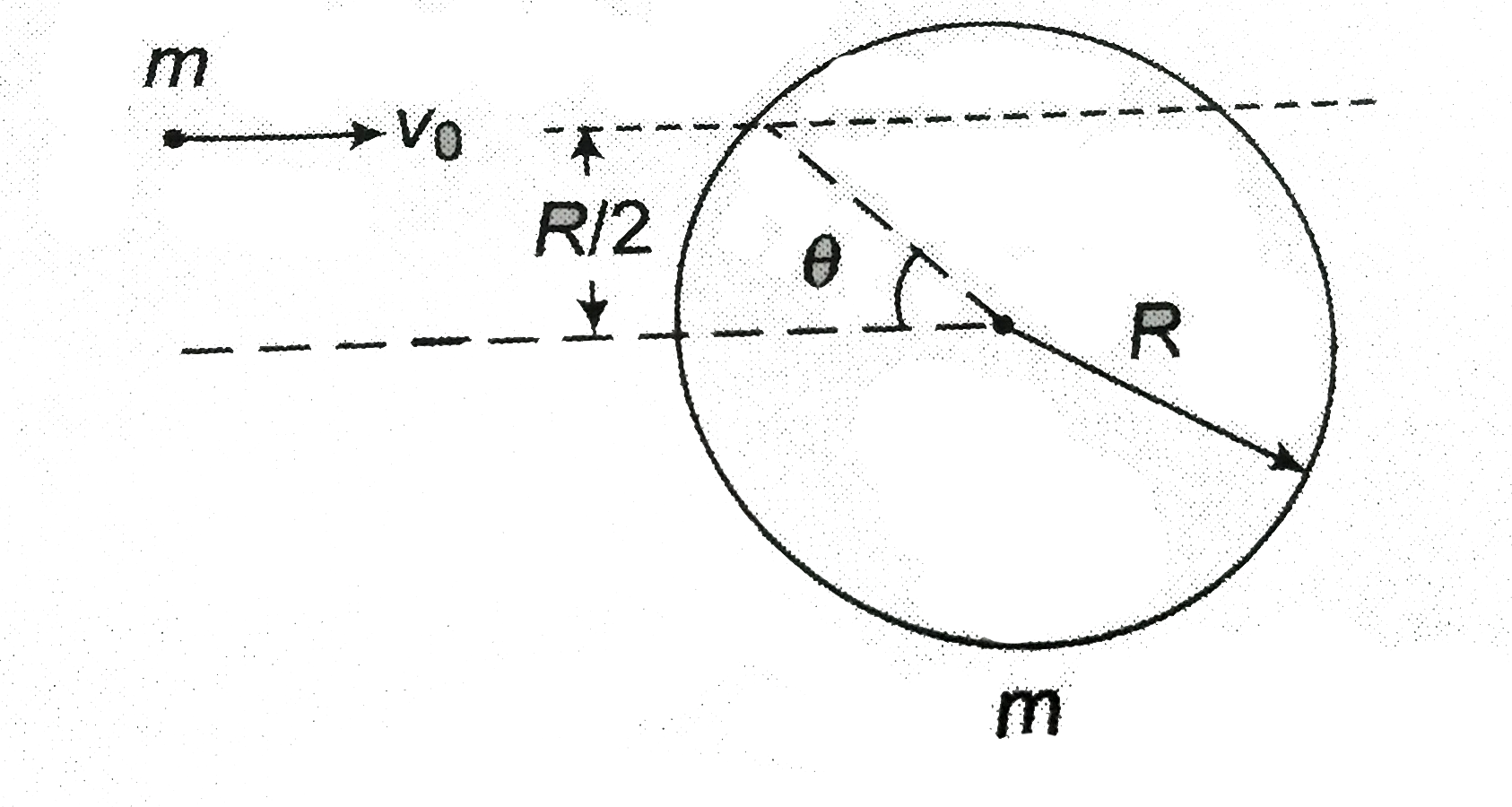A steel sphere of mass 100 gm moving with a velocity of 4 m/s collides with a dust particle elastically moving in the same direction with a velocity of 1 m/s. The velocity of the dust particle after the collision is (dust partical is of mass neglisiable Solution in Telugu
8 m/s
7 m/s
6 m/s
9 m/s
The correct Answer is:B
Step by step video, text & image solution for A steel sphere of mass 100 gm moving with a velocity of 4 m/s collides with a dust particle elastically moving in the same direction with a velocity of 1 m/s. The velocity of the dust particle after the collision is (dust partical is of mass neglisiable by Physics experts to help you in doubts & scoring excellent marks in Class 11 exams.
Updated on:21/07/2023Topper's Solved these Questions
- WORK, POWER & ENERGY BOOK - AAKASH SERIESCHAPTER - WORK, POWER & ENERGY EXERCISE - EXERCISE - II (Inelastic COLLISIONS)
4 Videos
- WORK, POWER & ENERGY BOOK - AAKASH SERIESCHAPTER - WORK, POWER & ENERGY EXERCISE - EXERCISE - II (PERFECTLY INELASTIC COLLISIONS)
15 Videos
- WORK, POWER & ENERGY BOOK - AAKASH SERIESCHAPTER - WORK, POWER & ENERGY EXERCISE - EXERCISE - II (VERTICAL CIRCLE)
16 Videos
- WORK POWER ENERGYBOOK - AAKASH SERIESCHAPTER - WORK POWER ENERGYEXERCISE - EXERCISE - 3
61 Videos
Similar Questions
A 1kg ball moving at 12ms−1 collides head on with a 2kg ball moving in the opposite direction at 24 m/s. The velocity of each ball after the impact, if the coefficient of restitution is 2/3, is
View SolutionA 60kg box sledge is travelling horizontally on ice at a speed of 10ms−1. A 90 kg packet is dropped on it vertically. The subsequent velocity of the sledge is
View SolutionA mass of 0.1 kg is rotated in a vertical circle using a string of legth 20 cm. When the string makes an angle 30∘ with the vertical, the speed of the mass is 1.5ms−1. The tangential acceleration of the mass at that instant is
View SolutionIf →A+→B=→Rand2→A+→B is perpendicular to →B then
View SolutionTwo particles of masses m and 2m moving in opposite directions collide elastically with velocity 2v and v, respectiely. Find their velocities after collision.

View SolutionA partical of mass m moving with velocity 1m/s collides perfectly elastically with another particle of mass 2m. If the incident particle is deflected by 90∘. The heavy mass will make and angle θ with the initial direction of m equal to:
View SolutionA particle of mass m moving on a smooth surface with velocity 10 m//s strikes another particle of mass 2 m moving with 5 m//s in the same direction . If the collision is elastic and head - on , find velocities of particles after the collision.
View SolutionA particle of mass m moving with velocity v0 collides with sphere of same mass at rest , as shown. If the surface of contact is smooth and the collision is elastic, find the velocities of particle and sphere after the collision.

View SolutionTwo particles of mass m and 2 m moving in opposite directions collide elastically with velocities v and 2v. Find their velocities after collision.
View SolutionA ball of mass m moving with a velocity collides head on elastically with another of the same mass m but moving with a - in the opposite direction). After the collision
View SolutionTwo particles of equal mass moving towards each other with velocities 20 m*s^(-1) and 30 m*s^(-1) collide. If the collision is elastic, find their velocities after the collision.
View SolutionA steel sphere of mass 100 gm moving with a velocity of 4 m/s collides with a dust particle elastically moving in the same direction with a velocity of 1 m/s. The velocity of the dust particle after the collision is (dust partical is of mass neglisiable
View SolutionA particle of mass m moving with velocity u collides elastically with a particle of mass 3m at rest. After collision the heavier particle moves with velocity.
View SolutionA particle of mass m moving with velocity v is collide with a stationary particle of mass 2 m . The speed of the system , after collision will be ……….
View SolutionA steel sphere of mass 100 gm moving with a velocity of 4m/s collides with a dust particle elastically moving in the same direciton with a velocity of 1m/s. The velocity of the dust particle after the collision is
View Solution
